Osmanthus fragrans - why is some new growth turning brown?
Juttah
12 years ago
Featured Answer
Comments (7)
User
12 years agoyellowthumb
12 years agoRelated Professionals
Deer Park Landscape Architects & Landscape Designers · Otsego Landscape Architects & Landscape Designers · Tempe Landscape Contractors · Belvedere Park Landscape Contractors · Brownsville Landscape Contractors · Cockeysville Landscape Contractors · El Mirage Landscape Contractors · Essex Landscape Contractors · Lexington Landscape Contractors · Oak Forest Landscape Contractors · Silver Firs Landscape Contractors · North Hills Landscape Contractors · Fontana Swimming Pool Builders · Lincoln Swimming Pool Builders · San Lorenzo Swimming Pool Buildersmeyermike_1micha
12 years agoJuttah
12 years agoyellowthumb
12 years agomehitabel
12 years ago
Related Stories

TROPICAL STYLEEasy Decorating: Turn Over a New, Tropical Leaf
Toss a palm frond in a vase or gather a whole bouquet — fresh or preserved tropical leaves bring on the exotic with almost no effort
Full Story
COLORWhy You Should Give Brown a Chance
If 'blech' is your first response to brown, you're missing out on the opportunity for a warm-looking room that appeals to both sexes
Full Story
GARDENING GUIDESGot Frost-Damaged Plants? How It Happens, and When and How to Prune
Crispy brown leaves are a sure sign that Jack Frost has been to your neighborhood
Full Story
SUMMER GARDENINGHow to Grow Basil
Bright color, quick growth and endless uses for cooking make this summer annual a winner in the garden or a pot
Full Story
KITCHEN DESIGN8 Kitchen Sink Materials to Consider
Learn the pros and cons of these common choices for kitchen sinks
Full Story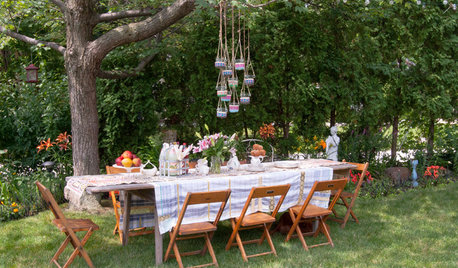
LIFEHouzz Call: How Do You Hold On to Summer at Home?
Summer is winding down, but it’s not over yet! If you're still enjoying some lazy days, we want to see how you’re making the most of them
Full Story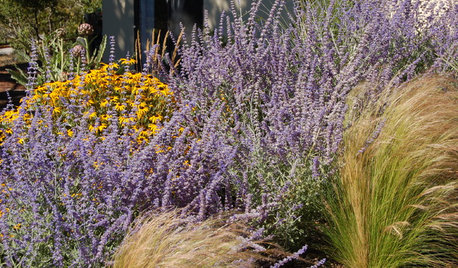
CALIFORNIA GARDENINGSouthern California Gardener's November Checklist
Sow wildflower seeds while ye may, give berries some love and pay attention to produce for garden veggies all winter long
Full Story0
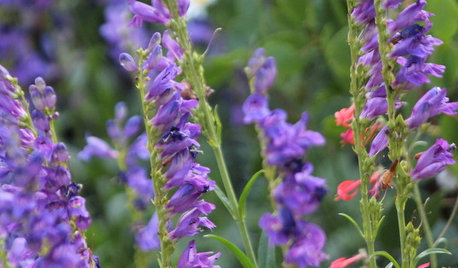
CALIFORNIA GARDENINGCalifornia Gardener's August Checklist
Pick up some great ideas from these travel-inspired plantings, even if your vacation is in your own backyard
Full Story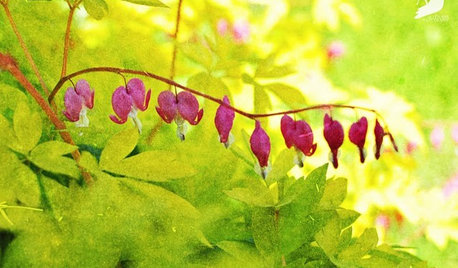
GARDENING AND LANDSCAPINGGarden Musts for April
There's plenty to do in your garden this month without mucking around in the mud. Think seeds and let the rain do its work
Full Story
SPRING GARDENINGTop 10 Scented Plants for Your Garden
A palette of perfumed plants can transform even the smallest of gardens into a sensory delight
Full StoryMore Discussions






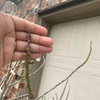
rhizo_1 (North AL) zone 7